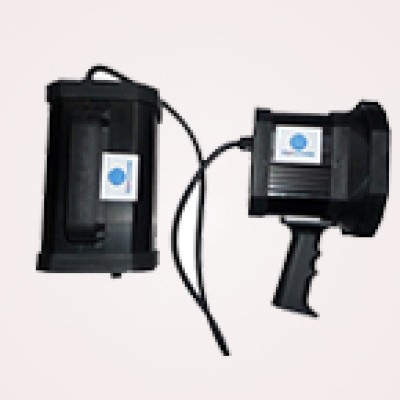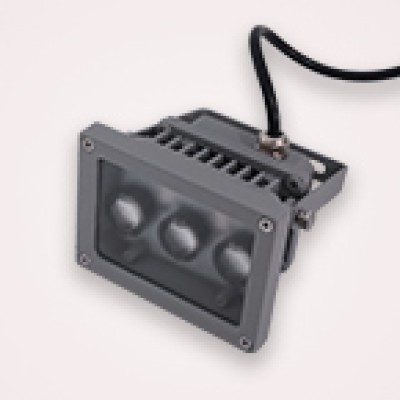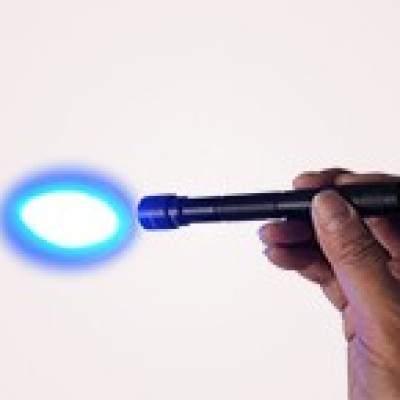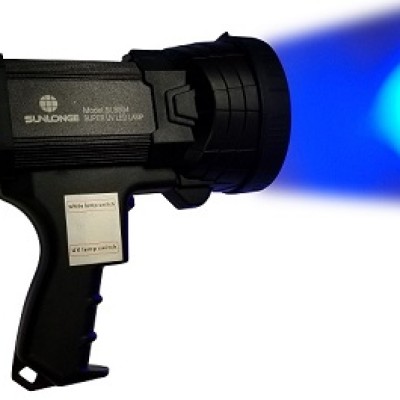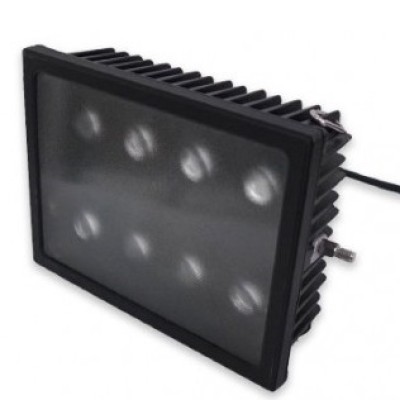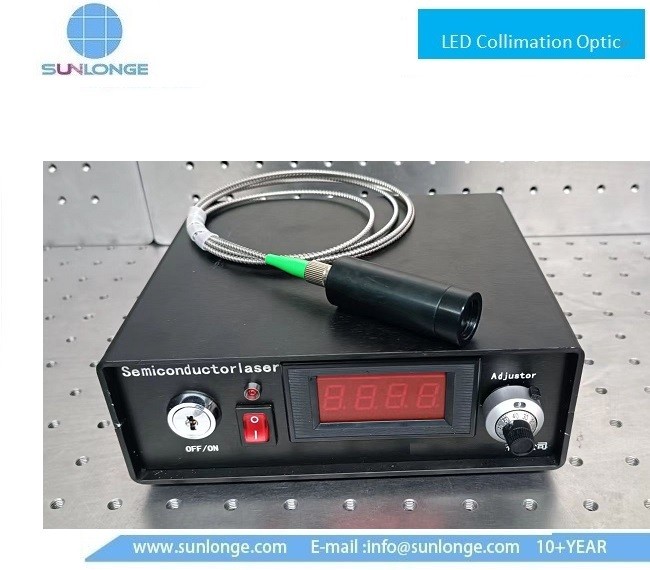
In the world of modern technology, fiber-coupled laser sources play a critical role in a variety of applications spanning medical, manufacturing, and scientific research industries. But what exactly are fiber-coupled laser sources, and how do they work? This article aims to provide a comprehensive, beginner-friendly explanation of the core components and working principles of these sophisticated devices. Additionally, we will explore their wide-ranging applications and answer commonly asked questions to help you better understand their significance.
What Are Fiber-Coupled Laser Sources?
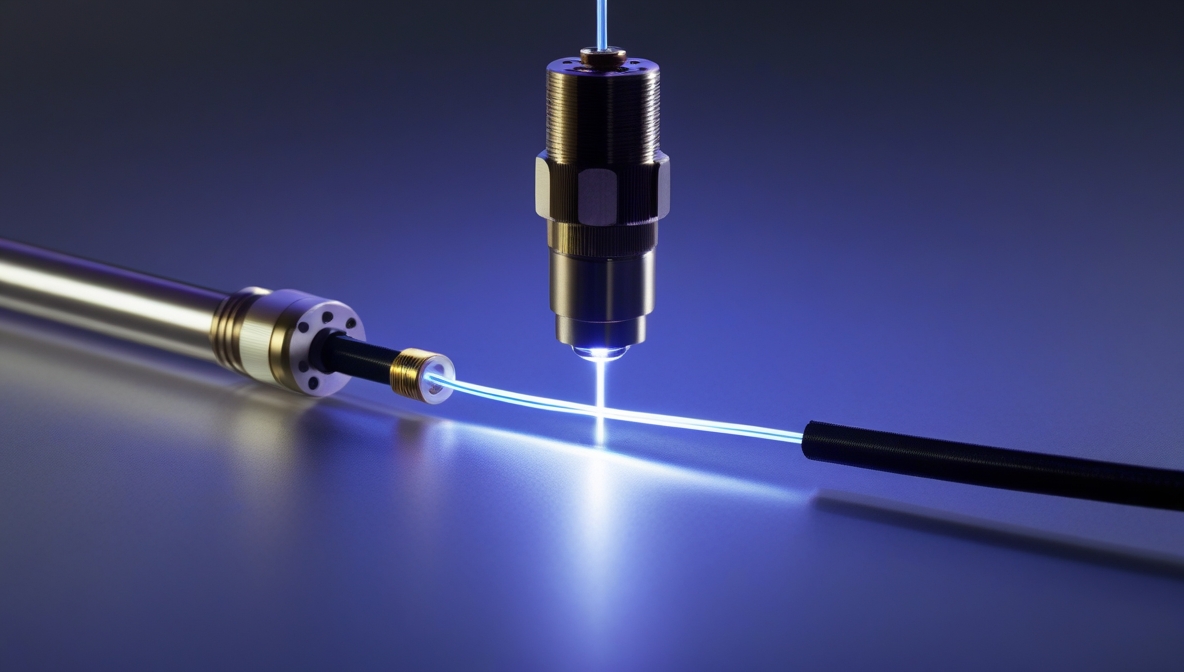
Fiber-coupled laser sources are advanced laser systems where the laser’s output is coupled into an optical fiber. This allows for the precise delivery of laser light to a desired location, offering enhanced flexibility and control compared to free-space laser systems. Fiber-coupled laser diodes are a type of laser system that forms the heart of these devices.
By integrating lasers with optical fibers, these systems can focus the laser light more effectively and enable its transmission over longer distances, ensuring better performance in challenging environments.
Core Components of Fiber-Coupled Laser Sources
To understand how fiber-coupled laser sources function, it’s essential to examine their core components:
- Laser Diode: The primary source of the laser light, responsible for generating coherent light through stimulated emission.
- Optical Fiber: A flexible, transparent fiber that guides the laser light to its intended destination. It’s designed to optimize the transmission and minimize losses.
- Fiber Coupling Mechanism: This setup couples the laser light into the optical fiber, involving precise alignment of optical components to ensure efficient light transfer.
- Cooling System: Essential for maintaining optimal operating temperatures, ensuring stability, and prolonging the life of the laser diode.
- Control Electronics: These components manage the operation of the laser diode, including power supply, modulation, and feedback control systems.
How Do Fiber-Coupled Laser Sources Work?
The operation of fiber-coupled laser sources can be broken down into a few fundamental steps:
- Light Generation: The laser diode emits light through a process called stimulated emission, producing a coherent beam.
- Light Coupling: The emitted laser light is aligned and coupled into the optical fiber using lenses and mirrors to ensure minimum power loss.
- Light Transmission: Once coupled, the light travels through the optical fiber, preserving its intensity and quality over long distances.
- Light Delivery: Upon reaching its destination, the light can be further focused or modulated as required by the application.
Applications of Fiber-Coupled Laser Sources
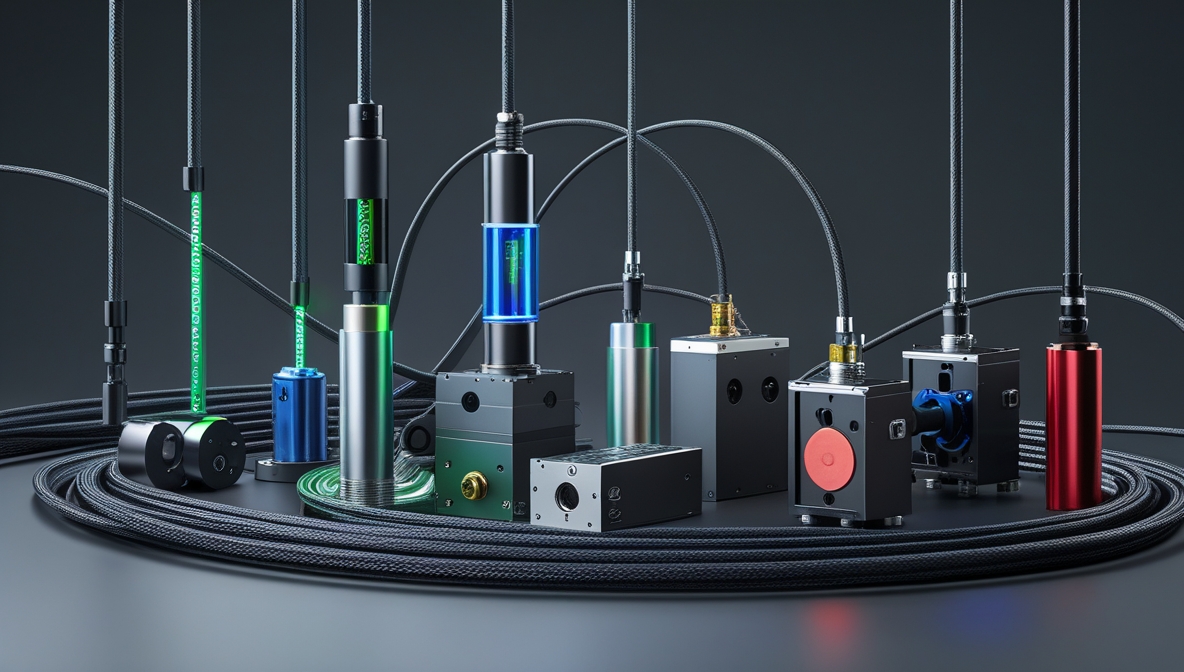
Fiber-coupled laser sources have a multitude of applications across diverse industries. Some prominent examples include:
- Medical Industry: Used in surgical procedures, diagnostics, and therapeutic applications due to their precision and ability to reach difficult locations within the body.
- Manufacturing: Essential for laser cutting, welding, and engraving, providing high-intensity beams for precision manufacturing processes.
- Research and Development: Widely employed in scientific experiments where precise control and delivery of laser light are required.
Table: Key Features of Fiber-Coupled Laser Sources
| Feature | Description |
| High Precision | Allows for targeted delivery of laser light. |
| Flexibility | Optical fibers enable light transmission in various directions and angles. |
| Efficiency | Minimal energy loss ensures high energy transmission. |
| Compact Design | More compact than traditional laser systems, making integration easier. |
| Versatility | Applicable in numerous fields including medical, industrial, and research sectors. |
Common Questions About Fiber-Coupled Laser Sources
Q1: What are the advantages of fiber-coupled laser sources over traditional laser systems?
A1: Fiber-coupled laser sources offer increased flexibility, higher precision, and are typically more compact, allowing for easier integration into existing systems. The efficient light transmission through fibers also enhances performance in various settings.
Q2: Are there any limitations to using fiber-coupled laser sources?
A2: While fiber-coupled laser sources provide many advantages, they can be more expensive due to the cost of high-quality optical fibers and precise alignment mechanisms. Additionally, the quality and durability of the optical fiber are crucial for maintaining consistent performance.
Q3: How can fiber-coupled laser sources be customized for specific applications?
A3: Customizations can be made in fiber core diameter, laser wavelength, and power levels to suit specific application requirements. Advanced systems may also integrate feedback control for enhanced precision.
Fiber-coupled laser sources continue to revolutionize industries by offering highly efficient, flexible, and powerful solutions to intricate challenges. By understanding their components, functionality, and applications, we can better appreciate the impact these laser systems have on our technological advancements.
For further details about our products at Sunlonge, please visit our product page.
 CN
CN

